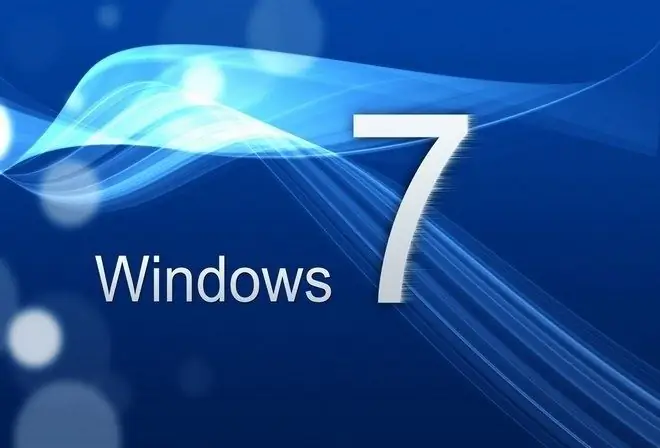It has been noticed that after buying a new PC or reinstalling the Windows operating system, the computer boots up quickly. Time passes, and the download starts to slow down. The user gets tired of waiting for a long time when the computer is ready for work, and he can resort to a radical measure - the next reinstallation of the system. However, there is no need to rush. You can try to speed up the startup of Windows 7.

Why does the system hang
There can be many reasons for a slow PC boot, but often they are associated with the software of the operating system. When you start working with a new computer, there is usually a minimum of software installed on it. There is nothing to slow down the loading. Time passes, and the computer "grows" with applications installed at the request of the user. Often, programs are installed by default, without delving into the settings, so along with them auxiliary utilities are installed, various services are involved. All this is one of the reasons for freezing during system boot, session and shutdown. Therefore, it is worth optimizing Windows 7.
Optimizing settings
During the boot of Windows 7, not only its main modules are turned on, but also a number of services and services are launched, which can then be observed in the processes. Their launch takes a solid percentage of the resources. By optimizing the system, you can significantly speed up the OS startup.
In order to filter and unload useless, follow these steps. Open the main Start menu and type msconfig in the search bar. The link to the "System Configuration" application will be displayed in the list, you can click on it with the mouse to start, or simply press Enter. After these actions, a window with several tabs will appear. Leave the default options on the general tab.
Go to the "Startup" tab, see what applications are loaded when the OS is turned on. Uncheck the boxes that you don't need to download right away. These may include those that are rarely used, such as update loaders and other applications that can be manually launched as needed. After the changes have been made, click on the "Apply" button.
Click on the "Services" shortcut, and the list will display all the services running on the PC. At the bottom there will be a note that some of the system ones cannot be stopped, but they do not need to be touched. Also select the Do not display Microsoft services check box to avoid accidentally disabling the desired service.
Next, examine all the remaining services on the list, which are mainly related to programs. Uncheck the boxes that will not affect system performance if disabled. There is such a recommendation: it is better to disable one service at a time, then confirm the changes made and reboot, then see if there are any errors after disabling it. If there are any, turn the service back on.






